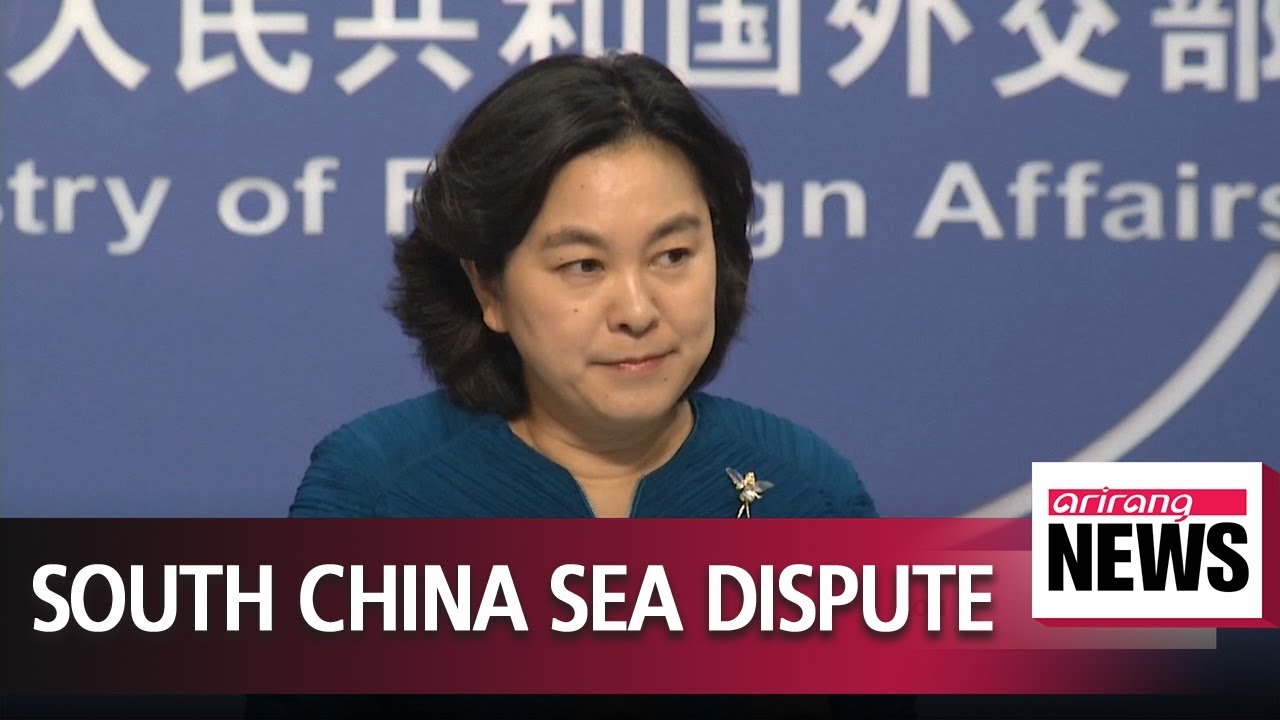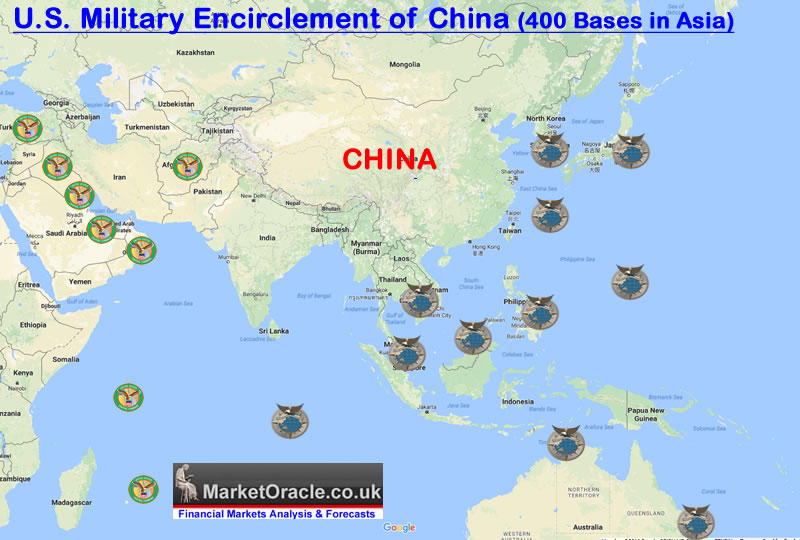
Containment on Steroids
Joseph Gerson / Campaign for Peace Disarmament and Common Security
(January 3, 2022) — Welcome to the new, and certainly demanding New Year.
CPDCS is fortunate to be working with Michael Klare and the Committee for a Sane US-China Policy steering committee to advocate for policies that prevent war with China, promote US-Chinese cooperation to stanch the climate emergency, and to prevent anti-Asian racism.
In the coming days, please keep your eyes out for an action alert urging changes to the very dangerous provisions of the United States Innovation and Competition Act and announcements of webinars focused on the human rights issues related to Uyghurs in Xinjiang and combatting anti-Asian racism here.
Over the holidays, Michael Klare wrote the following article that describes the Biden Administration’s Congress’ and the Pentagon’s increasing, increasingly dangerous, and ultimately futile military campaign to contain China rise. There are Common Security diplomatic alternatives that would serve us all.
Pentagon’s 2022 Budget Seeks China’s Encirclement

Michael Klare / Committee for a Sane US-China Policy
(December 31, 2021) —On December 27, President Biden signed into law the National Defense Authorization Act (NDAA) for Fiscal Year 2022, allotting $740 billion to the Department of Defense (DoD) for military procurement and operations over the coming year and setting key policy objectives. As in past years, much of the funding authorized by the NDAA will go towards fuel, ammunition, and the salaries of military personnel, but this year, more than ever before, there is a conspicuous focus on preparing US and allied forces for a possible war with China.
This focus on China was first underscored in the Department of Defense Budget Request for FY 2022, sent to Congress last May. “China poses the greatest long-term challenge to the United States,” the request states. “Accordingly, DoD will prioritize China and its military modernization as our pacing challenge.” To meet that challenge, and provide for other military essentials, the Pentagon request called for projected expenditures of $715 billion in FY 2022.
But even the $715 billion in the administration’s original DoD budget request was not deemed sufficient for a majority of Democrats and Republicans in Congress, who added another $24 billion to the FY 2022 authorization in order to further bolster US forces aimed at China.
“The additional funding we secured… helps the United States remain the world’s leading military power,” said Rep. Rob Wittman (R-Va.), a member of the House Armed Services Committee. “Through this strength, the United States will be able to project force and deter conflict as we work to…check China’s malign influence.”
Most of this additional funding will be used to acquire more ships and planes to buttress US forces assigned to the Indo-Pacific region and for programs intended to strengthen military ties with US allies located there. Among other items, the $24 billion add-on will enable the Navy to procure a third guided-missile destroyer this year and for the Air Force to receive another six F-35 stealth fighters.
Some of the additional funds will also be used to invigorate the Pacific Deterrence Initiative (PDI), a slew of activities aimed at bolstering US military ties with its allies in the Indo-Pacific region and tighten the military noose surrounding China.
The PDI was established by the NDAA for FY 2021, and its stated goal is to “modernize and strengthen the presence of the United States Armed Forces” and to “build the defense and security capabilities, capacity, and cooperation of allies and partners” in the Indo-Pacific region. A total of $2.2 billion was allocated for this purpose in the FY 2021 NDAA.
For FY 2022, the Biden administration bumped the PDI budget request to $5.1 billion and Congress an additional $2 billion on top of that, bringing the total FY 2022 PDI authorization to $7.1 billion. Some of this will be used to acquire advanced military hardware intended for possible combat with China, including hypersonic missiles and a variety of unmanned surface and subsea vessels. In their Joint Explanatory Statement on the FY22 NDAA, leaders of the House and Senate Armed Services Committees also directed the Department of Defense to devote more funds to vital non-munitions items, such as fuel to increase the day-to-day presence of US military forces in the Indo-Pacific region.
Aside from the Pacific Deterrence Initiative, the FY 2022 NDAA is saturated with other measures aimed at bolstering the network of alliances aimed at containing China’s rise in Asia and buttressing US military ties with Taiwan.
Section 1252 of the NDAA, “Sense of Congress on Defense Alliances and Partnerships in the Indo-Pacific Region,” constitutes a blueprint for a US-led system of military alliances surrounding China and dedicated to its military confinement. It states that the Pentagon leadership should “strengthen United States defense alliances and partnerships in the Indo-Pacific region so as to further the comparative advantage of the United States in strategic competition with the People’s Republic of China.”
Such efforts should include, among other things: enhancing US military cooperation with Australia, Japan, and South Korea; “broadening the engagement of the United States with India, including through the Quadrilateral Security Dialogue”; developing increased military ties with Singapore, Thailand, and the Philippines; and “strengthening the United States partnership with Taiwan.”
Many other provisions of the NDAA, including the PDI, provide the funding for measures aimed at enhancing US ties with traditional allies, such as Australia, Japan, and South Korea. But Taiwan represents a special case, in that it is not, formally, a military ally of the United States.
When recognizing the PRC as China’s legitimate government in 1979, the United States agreed to terminate its diplomatic relations and defense ties with Taiwan, and to withdraw all US military forces from the island. At that time, Washington also acknowledged Beijing’s position that “there is but one China and Taiwan is part of China.”
Three years later, under the “Arms Sale Communiqué” of Aug. 17, 1982, Washington further affirmed “that it does not seek to carry out a long-term policy of arms sales to Taiwan, that its arms sales to Taiwan will not exceed, either in qualitative or in quantitative terms, the level of those supplied in recent years since the establishment of diplomatic relations between the United States and China, and that it intends to reduce gradually its sales of arms to Taiwan.”
Despite these pledges, US officials have never been fully reconciled to the terms of the 1979 recognition agreement or the 1982 Arms Sale Communiqué. In accordance with the Taiwan Relations Act (TRA) of 1979, the US maintains quasi-official relations with Taiwan and provides its military with a wide variety of military hardware.
In recent years, and especially during the Trump administration, top officials have questioned the legitimacy of the “one China” policy and stepped up arms sales and diplomatic outreach to Taiwan. Increasingly, the island is being viewed by senior officials not as “part of China” but rather as an autonomous entity whose participation in the US-led alliance system encircling China is deemed essential to American security – a view articulated by Ely Ratner, Assistant Secretary for Indo-Pacific Security Affairs, in testimony before the Senate Armed Services Committee in December.
“Taiwan,” he asserted, “is located at a critical node within the first island chain [stretching from Japan to the Philippines], anchoring a network of US allies and partners that is critical to the region’s security and critical to the defense of vital US interests in the Indo-Pacific.”
This outlook appears to have largely governed the NDAA’s stance on Taiwan. Section 1246, “Sense of Congress on Taiwan Defense Relations,” essentially claims that previous restraints on US military ties with Taiwan can now be ignored given the PRC’s “increasingly coercive and aggressive behavior” toward the island. In contrast to the terms of 1982 Arms Trade Communiqué, it calls for the sale of increasingly sophisticated weapons to Taiwan. It also calls for joint military exercises between US and Taiwanese forces, increased consultation between senior US and Taiwanese military officials, and enhanced linkages (“interoperability”) between US and Taiwanese maritime surveillance and air-defense systems.
Following on this, Section 1248 calls on the Secretary of Defense to conduct a study of Taiwan’s vulnerabilities to possible Chinese attack and to identify ways in which the US can assist Taiwan in overcoming those vulnerabilities, including by providing advanced arms-making technology and through the sharing of intelligence data. Yet another measure, Section 1249, calls for a briefing on possible cooperation between the US and Taiwanese National Guards.
Finally, Section 6511 directs the president to compose a “grand strategy with respect to China” and submit it to Congress in approximately ten months. Among other things, the “China Strategy,” as it is termed, is to include a comprehensive assessment of Chinese military, economic, political, and military challenges to US global interests and the corresponding US capabilities needed “to implement the national security strategy of the United States as they relate to the new era of competition with the People’s Republic of China.”
From China’s perspective, all this must represent a coherent and highly threatening blueprint to ensure permanent US military superiority and to surround China with an impenetrable chain of hostile powers – an assessment that can only lead to greater suspicion and paranoia in Beijing while fueling a relentless and increasingly dangerous arms race.